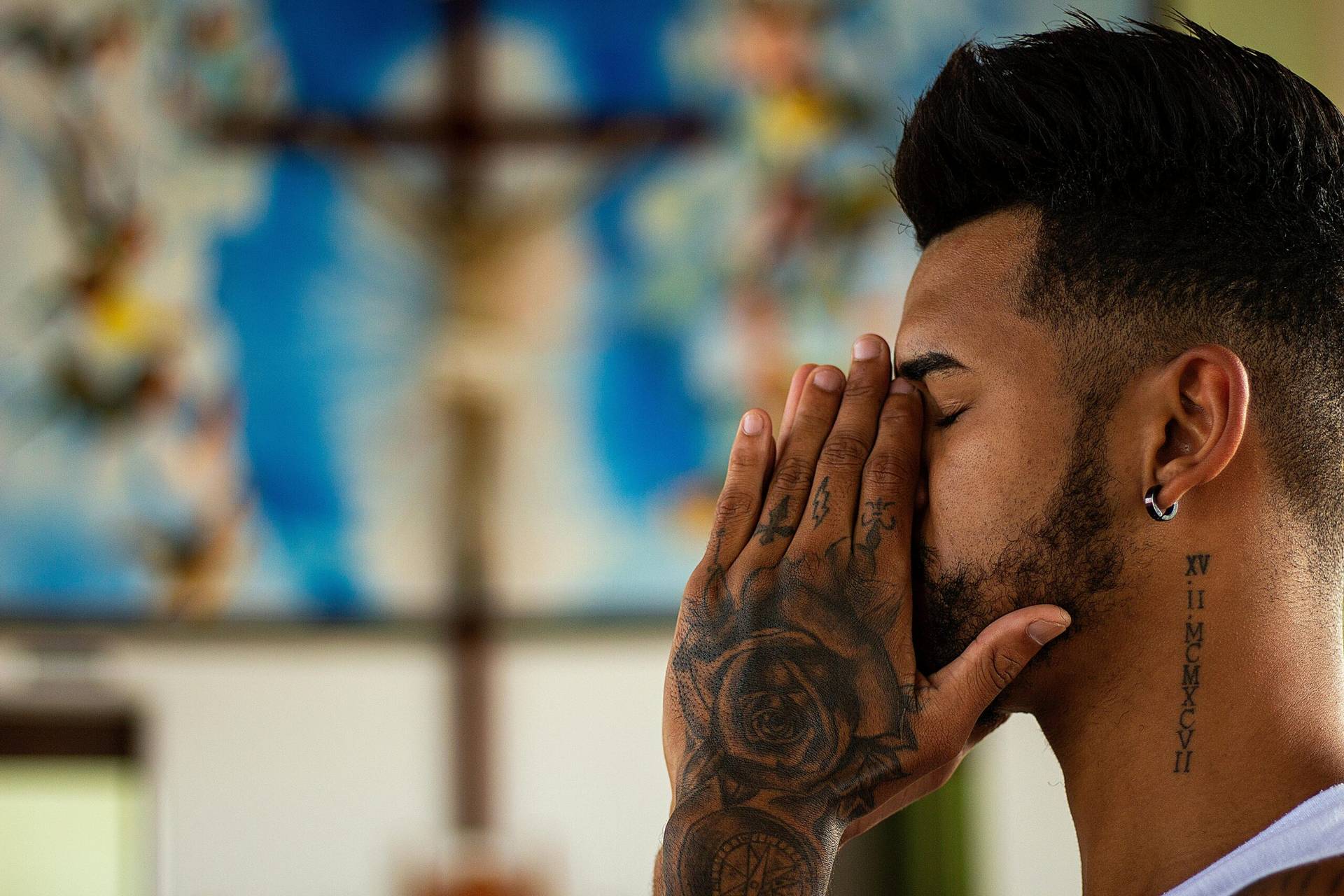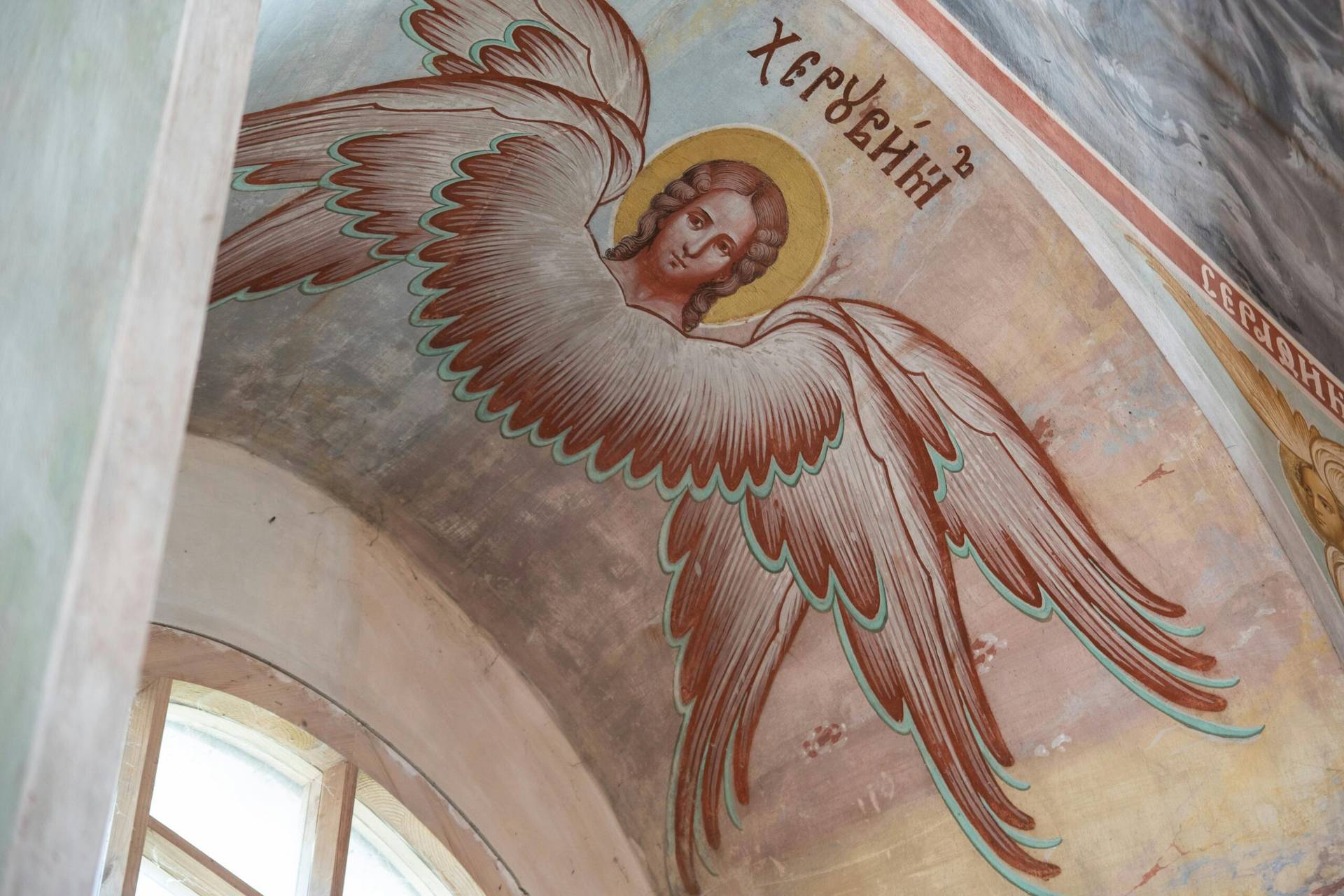In the teachings of Jesus, we’re told that the clearest indicator that a teacher has been converted to the kingdom of heaven is that he is able to prudently draw from both the old and the new. The biblical language expresses the natural tension between set tradition and individual talent, between what has been and what is being newly proposed. This work cannot be underestimated.
Every aspect of the Christian tradition, including the Sacred Scriptures, were once a novelty. It is precisely an openness to such creativity, born from a living encounter with Jesus Christ, that allows the Church to be rejuvenated. Innovation, however, does not stand on its own. It must be tempered, adjusted, and enriched by the revelation that God has given of himself to the human family and by the existing traditions of the Church.
And so, this weekend is Laetare “Rejoice” Sunday, which is the mid-marker of the Lenten season. It’s an intermission of sorts, an opportunity to take a breather and then dive deeper into a program of prayer, fasting, and almsgiving in preparation for the Paschal festivities. As a visible sign of this Sunday’s purpose, someone at some point thought it was a good idea to lighten the Lenten purple and replace it with rose.
We can only imagine what some of the original observers of the new custom must have thought. And yet, it must have resonated with the purpose of Laetare Sunday because it stuck (and it’s still an option for this weekend).
With the above observation, however, we can assume that for every new custom that became a consistent tradition (like Laetare Sunday’s rose color), there were others that were attempted but didn’t make it, or that were later reassessed at some point and then discontinued.
What determines the difference? What criteria decide whether an individual talent or a new custom should be kept or let go?
According to the observable criteria of the Christian tradition, which is like a flowing river through the ages, the best choices are not made because of mere preference or whim. They are not the subjective leanings of any one leader or ideology.
The best choices, as reflected by the tradition itself and by its checkered history, are born from devout reflection and discernment on how the proposed custom incarnates the message of God’s revelation, builds up the faith of the community, complements other existing traditions, and helps to nurture a deeper worship of the living God.
The process of such discernment prizes and relishes our place in the Christian tradition. When done faithfully, there’s no axe to grind, and inclinations to raw deconstructionism are kept in check. The life of faith is not a reckless bout in sentiment where anything is permitted because it makes a person or community feel good. Nor is it an indulgence in vainglory, where anything new is already something good, nor a type of spiritual Marxism, where established traditions are taboo simply because they’re established.
The discernment of the Church’s traditions is primarily a theological act before it’s a social or cultural one. It labors to enhance the Church’s spiritual treasury, foster the faith of believers, and show the world how applicable, beautiful, and life-enriching the Gospel can be for all men and women.
As Pope Francis once said to a group of young people: “It’s from your roots that you will get the strength to continue. None of us – neither you nor me – were manufactured in a laboratory; we have a history, we have roots. And everything we do, the results we achieve, the beauty we create in the future, all comes from those roots.”
It is precisely by respecting the faith of our forefathers and foremothers that discernment of our traditions can take place prudently. New customs should be welcomed, but properly scrutinized according to the rule of faith. Established customs should be periodically reevaluated and the following questions should always be asked: Is this tradition still teaching this lesson?
Does this tradition still help in the greater work of worship, discipleship, and evangelization? If a tradition has served its purpose and is no longer helpful, then it must be set within the inactive portion of the Church’s patrimony.
Since the Christian tradition is always moving and is harmonious at its best, it shouldn’t surprise us that sometimes musicians and poets sometimes better understand it than theologians and scholars. And so, it’s worth quoting Gustav Mahler, the Composer and eminent conductor, who once wrote: “Tradition is not the worship of ashes, but the preservation of fire.”
And it is precisely this fire, above all else, that all the traditions and customs of the Church are to highlight and serve.

















